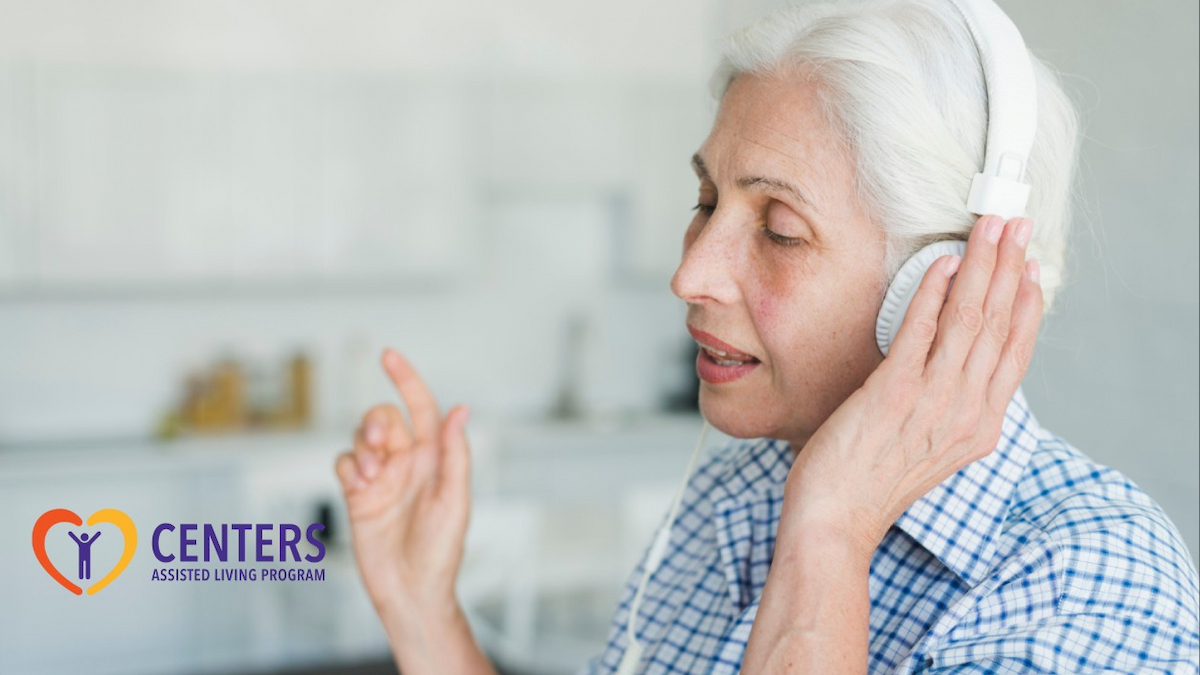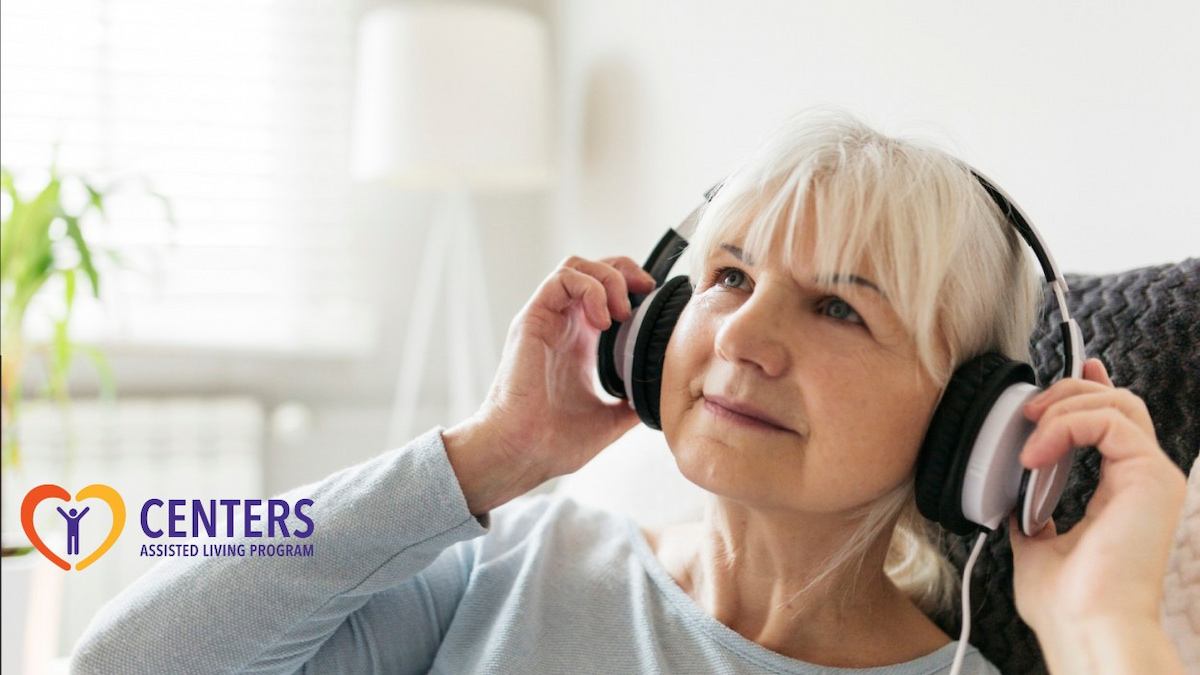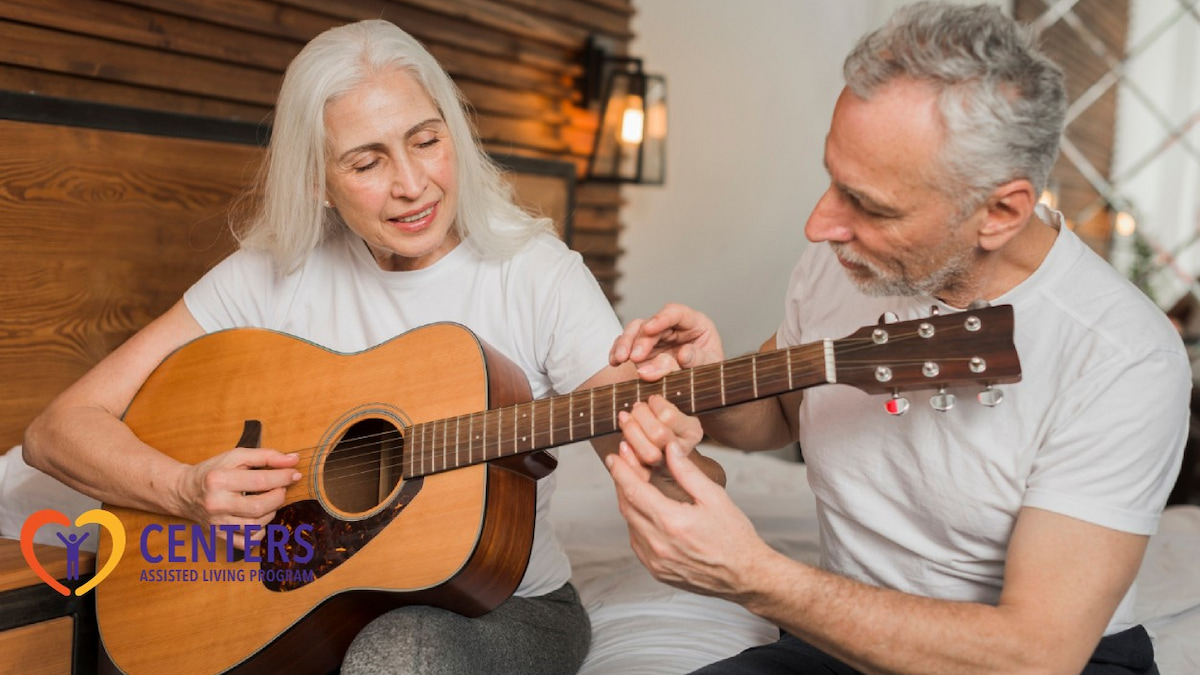Key Points:
- Music therapy can slow cognitive decline, lift mood, and reduce anxiety in seniors.
- Group sessions foster social connection, purpose, and emotional expression.
- Well-structured music events support physical movement, reminiscence, and overall quality of life.
As we age, maintaining mental sharpness, emotional balance, and social engagement becomes increasingly important. Among non-pharmacological approaches, music therapy holds unique appeal: it blends creativity with neuroscience to support holistic senior wellness. For senior citizen events, integrating music therapy sessions can enrich lives, strengthen community bonds, and elevate well-being in meaningful ways.
In this article, we will explore the science-backed benefits of music therapy for older adults, the design of effective sessions for groups of seniors, real-world examples of success, and practical guidelines for hosting these events in senior living settings or community centers. We also link internally to relevant care services that complement wellness programming, such as memory support or enrichment activities.

What Is Music Therapy for Seniors?
Music therapy is a clinical, evidence-based intervention delivered by trained professionals who use music intentionally to address health goals. It can involve:
- Listening (receptive): Guided music listening, lyric discussion, imagery
- Active music-making (active): Playing instruments, singing, improvisation, rhythmic movement
- Mixed modalities: Combining movement, voice, and listening
Unlike casual music programs, therapy sessions are tailored, goal-driven, and facilitated to support cognitive, emotional, physical, or social outcomes, complementing the comprehensive levels of care in assisted living for seniors.
Music therapy in geriatric care aims to:
- Stimulate memory and cognitive networks
- Reduce stress, anxiety, and depressive symptoms
- Encourage social interaction and companionship
- Support gentle physical movement
- Provide a channel for emotional expression
Over recent years, research has increasingly validated these goals.
Cognitive and Memory Benefits
One of the strongest drivers for integrating music therapy into senior wellness is its positive impact on cognition.
Slowing Cognitive Decline and Dementia Support
A systematic review of randomized controlled trials (689 participants, age 60–87) found that structured music therapy improved global cognition, memory, verbal fluency, attention, and processing speed compared to controls.
Group-based music interventions also appear particularly effective in supporting executive function and memory in older adults with mild cognitive impairment or dementia, making them valuable additions to understanding the different levels of assisted living care.
Listening to familiar songs or classical pieces stimulates multiple neural regions, reinforcing connections across temporal, frontal, and parietal lobes.
Reminiscence and Autobiographical Memory
Music often triggers deep emotional and autobiographical memories that may persist even when other memories fade. This “musical reminiscence” effect helps engage older adults who have difficulty recalling names or details through conversation alone.
In practice, therapists may use music from a person’s youth or cultural background to evoke safe, meaningful reflection and social connection.
Attention, Processing, and Engagement
Music requires temporal processing, pattern recognition, and attention to rhythm and pitch. Thus sessions engage cognitive networks involved in working memory and executive control. Some instrumental training (e.g. piano, drumming) in older adults has been shown to improve verbal memory and processing speed over several weeks.
Emotional, Behavioral, and Psychological Gains
Beyond cognition, music therapy offers strong benefits for mental health and emotional regulation in seniors.
Mood Elevation and Depression Reduction
Music therapy has been shown to lower depressive symptoms and anxiety in older adults, including those with dementia, especially when conducted over sustained periods (≥ three months).
Even passive listening to preferred music produces mood-lifting effects, 65% of older adults in a national poll reported music helps their mental wellness.
Stress Relief and Physiological Effects
Music can modulate the autonomic nervous system, lowering heart rate, blood pressure, and respiration rate, thereby triggering relaxation responses.
Reducing stress, muscle tension, and agitation contributes to better sleep, fewer mood swings, and greater overall calm.
Behavior Management in Dementia
In dementia care settings, music therapy has yielded reductions in agitation, wandering, irritability, and disruptive behavior.
Conversely, providing engaging musical experiences offers a positive outlet for frustration and reduces boredom or distress.
Emotional Expression and Nonverbal Communication
For seniors whose verbal ability is diminished, music offers a pathway to express complex feelings. Improvisation, humming, or rhythmic responses allow emotional engagement even when speech is limited.
Physical and Motor Benefits

Music therapy is not just mental and emotional, it supports gentle physical activation and coordination.
Movement, Balance, and Mobility
Rhythmic music naturally encourages movement: tapping, swaying, or dancing. One study of an active group music therapy intervention (twice per week for 3 months) demonstrated significant improvements in:
- Cardiopulmonary fitness
- Balance
- Flexibility
- Muscle power
- Endurance
compared to controls.
When overlaid on rehabilitative exercise, music may increase engagement and adherence by making movement more enjoyable.
Fine Motor Skills and Coordination
Playing instruments such as hand percussion or simple keyboard tasks promotes fine motor control, bilateral coordination, and sensorimotor integration.
These improvements matter especially in daily tasks like feeding, dressing, and manual dexterity.
Social, Relational, and Community Benefits
Music therapy often occurs in group settings, offering profound social dividends.
Fostering Social Connection
Group music sessions naturally build camaraderie, conversation, mutual support, and shared enjoyment, counteracting isolation, loneliness, and social disengagement common in senior populations, similar to how community events and volunteer opportunities for seniors strengthen social bonds
Even in listening sessions, discussing lyrics or memories inspires exchange and bonding.
Sense of Purpose, Identity, and Self-Esteem
Participating in music, performing, singing, contributing, provides a role, a creative outlet, and affirmation. Many seniors rediscover musical identities they once set aside. This sense of agency supports emotional well being and dignity.
Caregiver and Family Benefits
Music therapy programs can relieve caregiver burden by creating positive shared experiences. Group interventions have also shown to reduce caregivers’ anxiety, as they witness improved mood and calm in their loved ones.
Music-centered events sometimes become joint experiences, bridging generational gaps and enhancing relationships.
Designing Effective Music Therapy Sessions for Senior Events
To realize benefits, sessions must be intentionally structured, tailored, and accessible. Below are key considerations.
Assessment and Goal Setting
Begin with a baseline assessment: cognitive level, physical limitations, musical preferences, and emotional needs. Define one to three therapeutic goals for the session or series (e.g. memory recall, mood elevation, mobility stimulation).
Participant Selection and Group Size
- Optimal group size tends to be 6–12 participants, balancing intimacy with social dynamics.
- Consider mixing cognitive and functional levels thoughtfully, grouping participants with similar capacities often yields smoother engagement.
- Always include opportunities for one-on-one adaptation for those with hearing limits or mobility restrictions.
Session Frequency and Duration
- Evidence suggests interventions over at least three months (weekly or biweekly) show more robust results.
- Sessions of 45–60 minutes maintain engagement without causing fatigue.
- Consistency is key: participants grow comfortable in routines and anticipation.
Session Components and Flow
A well-rounded session might include:
- Welcome and warm-up: gentle singing, rhythmic clapping, breathing
- Active engagement: improvisation, instrument play, song sharing
- Focused listening: guided listening to familiar pieces or new compositions
- Reflection and discussion: sharing memories or emotions evoked
- Movement element: gentle body movement or rhythmic stepping
- Closing ritual: group song or calm musical fade-out
Flexibility is essential: facilitators should adjust pace, volume, or modality based on participants’ energy or responsiveness.
Musical Selection and Personalization
- Incorporate “familiar favorites” from the participants’ youth to access emotional memory.
- Blend in novel or therapeutic music that encourages curiosity and cognitive challenge.
- Ensure cultural relevance: include music genres, languages, and songs meaningful to the demographic.
- Use pre- and post-session playlists to sustain impact.
Therapist Credentials and Training
Sessions should be delivered by a certified or properly trained music therapist to ensure goals, safety, and adjustment. They can manage pacing, emotional responses, and adaptations. Best practices courses and certification programs are available (e.g. “Music Has Power®” modules).
Venue, Acoustics, and Assistive Tools
- Choose a space with comfortable seating, good acoustics, limited ambient noise, and accessible layout.
- Provide assistive listening devices for those with hearing impairment.
- Use percussion instruments, hand drums, shakers, and lightweight percussive tools.
- Optionally, integrate visual aids like lyric sheets or imagery.
Monitoring, Feedback, and Adaptation
- Track progress via simple scales (mood, cognition, mobility) at intervals.
- Seek direct feedback from participants and caregivers
- Adjust session content, tempo, or focus based on evolving needs
- Celebrate small wins, increased participation, smiling faces, shared stories
Case Studies and Real-World Examples

Institutional Study in Long-Term Care
A meta analysis reports music interventions improved food intake and reduced behavioral disturbances in dementia care residents.
Other long-term care performance programs have documented moments when previously silent residents began singing or speaking during live musical performances, highlighting music’s power to “unlock” engagement.
Community Senior Centers
In Taiwan, community-dwelling older adults who participated in a twice-weekly, 60-minute active music therapy program for 3 months showed sustained gains in balance, endurance, flexibility, and upper-body strength.
FAQs
How often should seniors attend music therapy for real benefit?
Evidence suggests at least weekly or biweekly sessions over a period of three months or more provide more sustained gains in mood, cognition, and social connection.
Can music therapy help seniors with advanced dementia?
Yes. Even in advanced dementia, receptive music therapy (listening to familiar songs) can evoke engagement, reduce agitation, and access emotional memory without relying on verbal cognition.
What type of instruments are best for seniors in therapy sessions?
Light, easy-to-hold percussion (shakers, hand drums), small keyboards, bells or tone bars are ideal. They offer tactile feedback and are usable even by those with limited mobility.
Experience Healing Harmony at Centers Assisted Living
Music can reach where medicine often can’t, lifting spirits, calming anxiety, and reconnecting residents with treasured memories. At Centers Assisted Living, our certified music therapists use rhythm, song, and movement to nurture emotional wellness and cognitive health.
From gentle percussion to personalized playlists, each session invites joy, self-expression, and connection. Residents often sing, tap, or simply smile as music helps them rediscover moments of peace and familiarity.
Come tour our community to witness how we use melody and mindfulness to fill every day with comfort, vitality, and human connection.


